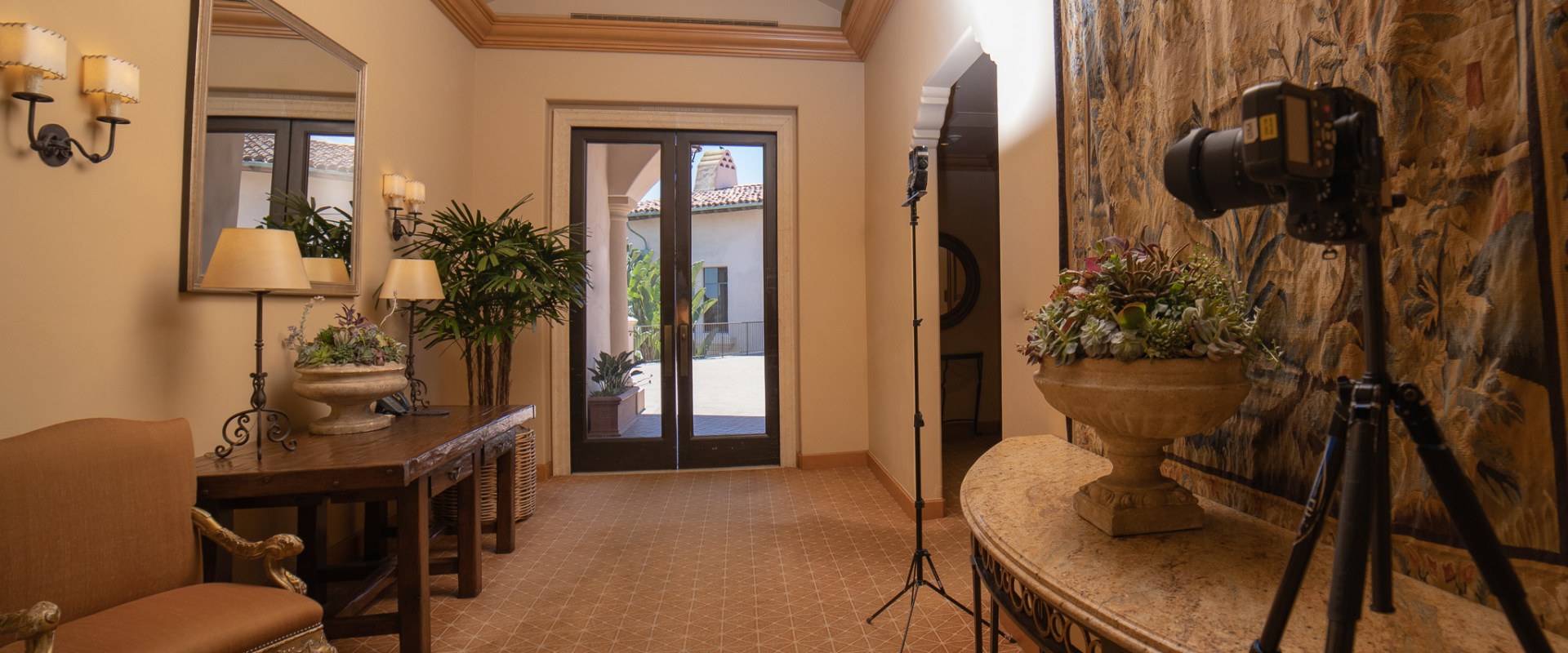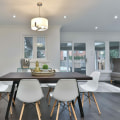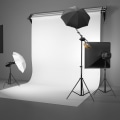Real estate photography requires special lighting techniques to ensure that the images are vibrant, eye-catching, and accurately represent the property. Understanding the basics of lighting for real estate photography can help photographers create stunning images that draw in potential buyers and make the property look its best. This article will explore the different techniques used for lighting real estate photography, from natural light to artificial lighting, as well as provide tips and tricks for creating the perfect shot.
Lighting
for real estate photography can be a valuable asset when showcasing a property for sale. Good lighting can determine the mood and atmosphere of the photos, making them more attractive to potential buyers.Understanding how to use lighting in real estate photography can help to create stunning photos that will draw attention to a listing. When it comes to lighting for real estate photography, there are several different types that can be used to create different effects. Natural light is a great option, as it can provide beautiful, soft tones and shadows. However, it is important to be aware of the time of day and the direction of the light in order to achieve the best results.
Artificial lighting can also be used to supplement natural light or as a stand-alone option. Different types of artificial lighting include LED lights, strobes, and continuous lighting. Each type has its own advantages and disadvantages, and it is important to understand how each one works in order to create the desired effect. When it comes to using lighting for real estate photography, understanding the basics is essential. Exposure, shutter speed, ISO, and white balance are all important factors in creating great photos.
Exposure refers to the amount of light that reaches the camera sensor, and it is important to make sure that it is set correctly in order to avoid overexposure or underexposure. Shutter speed is the length of time that the shutter remains open when taking a photo, and it should be adjusted according to the amount of light available. ISO determines how sensitive the sensor is to light, and white balance adjusts the color temperature of the photo. Understanding how these settings work and how they interact with each other is essential for creating great photos.
Examples of different lighting techniques can help illustrate how they can be used to create different effects. For instance, using backlighting can add drama and depth to a photo by emphasizing shadows and highlights. Soft lighting can create a warm glow and highlight certain elements in the photo. Using multiple lights in different positions can help illuminate certain areas and create interesting shadows.
Knowing which techniques work best for which situations will help create more professional-looking photos. Having a light meter is also important for real estate photography. A light meter measures the amount of light in a given area so that you can accurately adjust your settings accordingly. Knowing how to use a light meter correctly will help you get consistent results every time.
Finding the right angle and position for your lights is also an important factor in creating great photos. Experimenting with different angles and positions can help you find the best way to capture the scene you are trying to portray. Additionally, using additional equipment such as reflectors, diffusers, and flash units can further improve your photos by controlling the amount of light in certain areas. Lighting plays an important role in real estate photography, as it can determine the overall mood and atmosphere of the photo.
Understanding the basics of lighting such as exposure, shutter speed, ISO, and white balance is essential for creating great photos. Additionally, having a light meter and experimenting with different angles and positions will help ensure that you get the best results from your photos. Finally, using additional equipment such as reflectors, diffusers, and flash units can further enhance your photos by controlling the amount of light in certain areas.
Lighting Equipment
Light stands are used to mount studio lighting, such as strobes or continuous lights. They are adjustable, allowing you to angle and direct the light to the desired area.Reflectors are used to redirect light in a specific direction. This can be used to fill in shadows or create a more even lighting balance. They are usually made of paper, metal, or plastic and come in a variety of sizes and shapes. Diffusers are used to soften the light and reduce the contrast.
This can be useful for creating a more natural look in the photos. They are often made of fabric or plastic and come in different sizes and shapes. Flash units are used to provide additional light when needed. They can be used to create dramatic lighting effects or to fill in shadows.
Flash units come in many shapes and sizes, from small on-camera units to large studio units.
Types of Lighting
When it comes to lighting for real estate photography, there are three main types to consider: natural lighting, artificial lighting, and mixed lighting. Each type of lighting has its own advantages and disadvantages, and understanding the differences can help you determine which type of lighting will best suit the needs of your project.Natural Lighting
is created by the sun or moon. It is a great option for outdoor photography as it can provide beautiful, even light that creates a natural atmosphere. However, it can be unpredictable and difficult to control.Natural light also tends to be harsher during midday, so you may want to consider shooting at a different time of day.
Artificial Lighting
is created with flash units or continuous light sources. It gives you much more control over the look and feel of your photos, as you can adjust the intensity, color temperature, and direction of the light. However, it can be expensive and time consuming to set up.Mixed Lighting
is a combination of natural and artificial light. This allows you to take advantage of the best aspects of both types of lighting, while avoiding their respective drawbacks.However, it can be tricky to get the balance right and ensure that the colors in your photos are consistent. In conclusion, lighting is a critical factor for real estate photography. It can set the mood and atmosphere of a photo, which can help to attract potential buyers. There are several types of lighting that can be used for real estate photography, such as natural light, artificial light, and flashes. Additionally, there are various lighting equipment that can be used to create stunning photos.
To get started with real estate photography, it is important to understand the basics of lighting and to find the right equipment for your needs.




